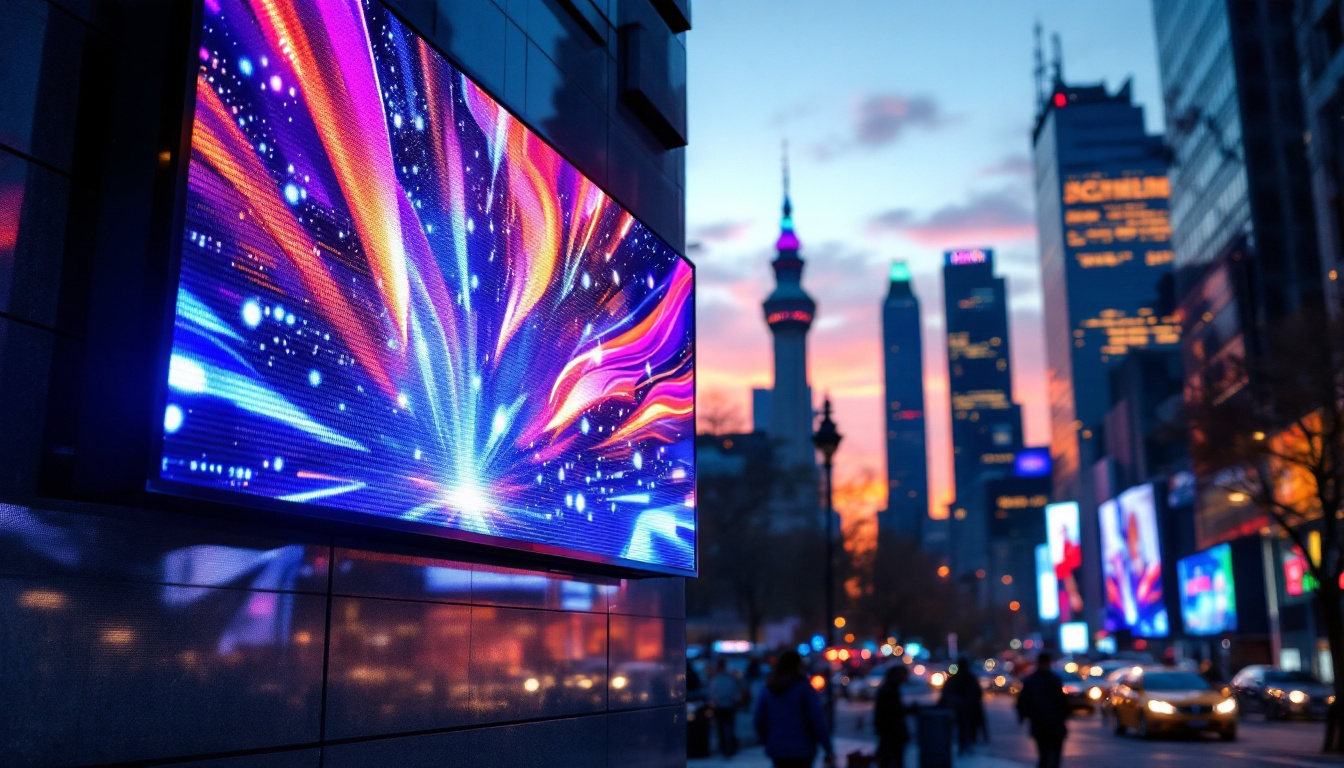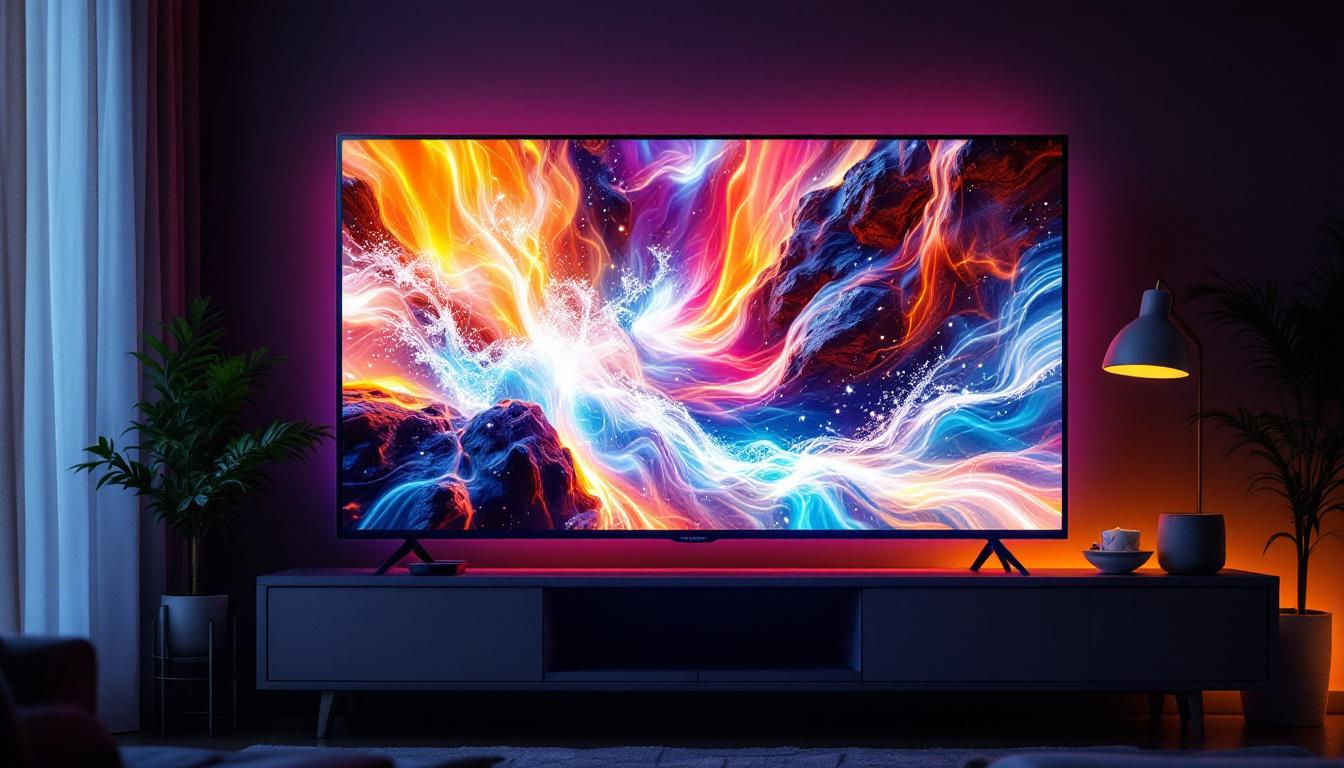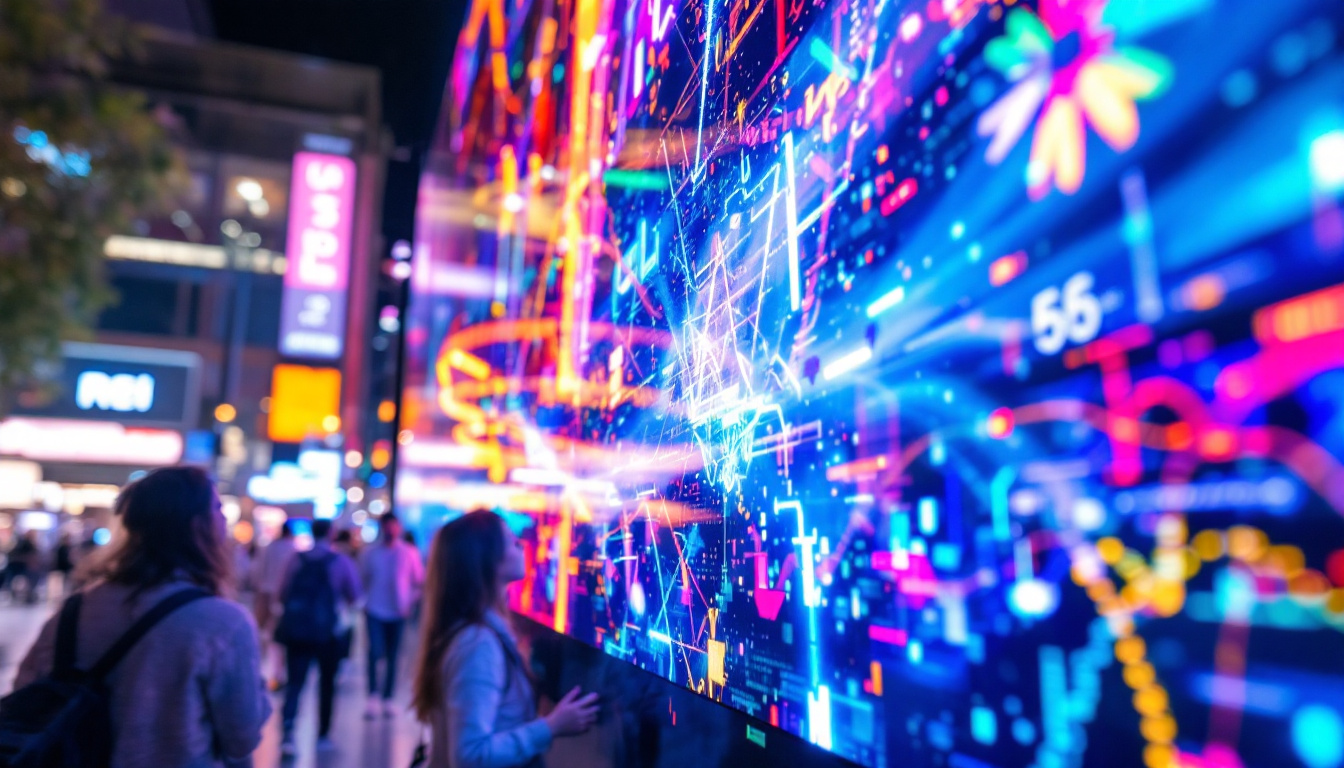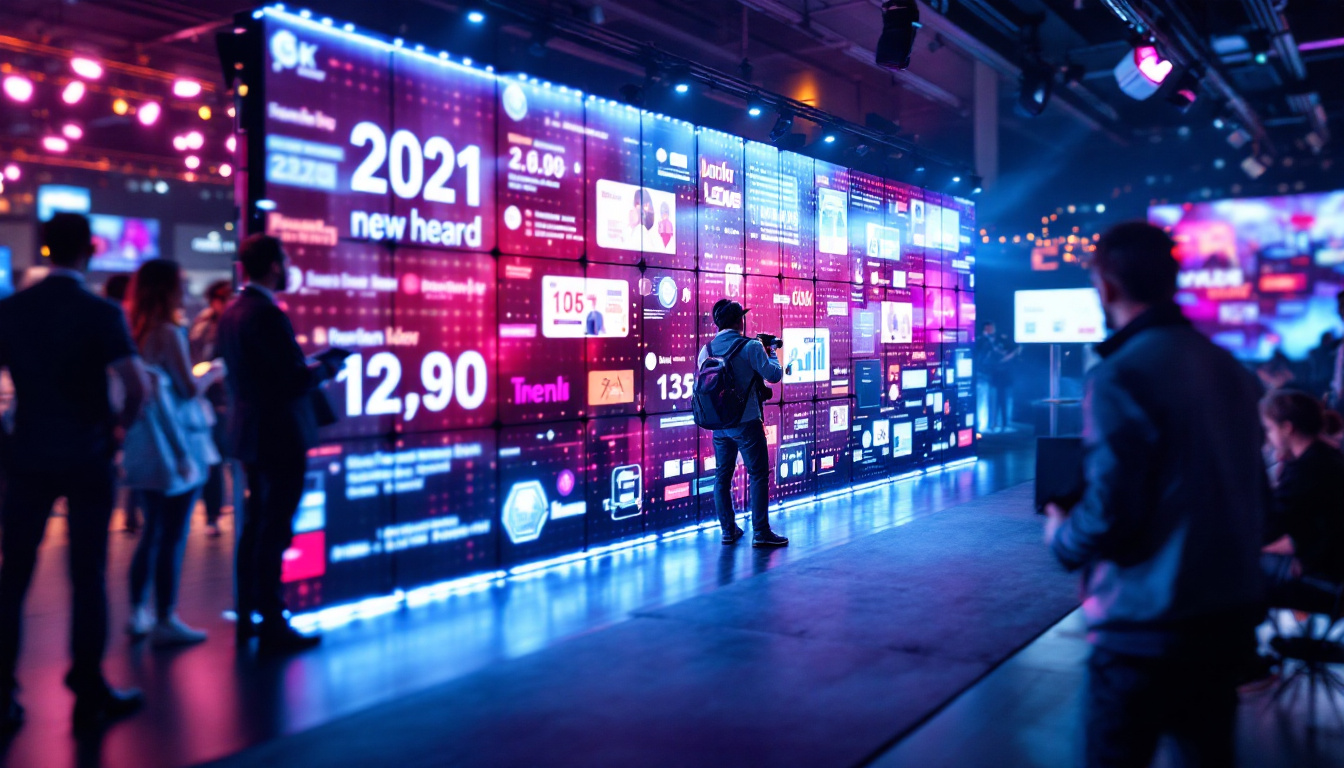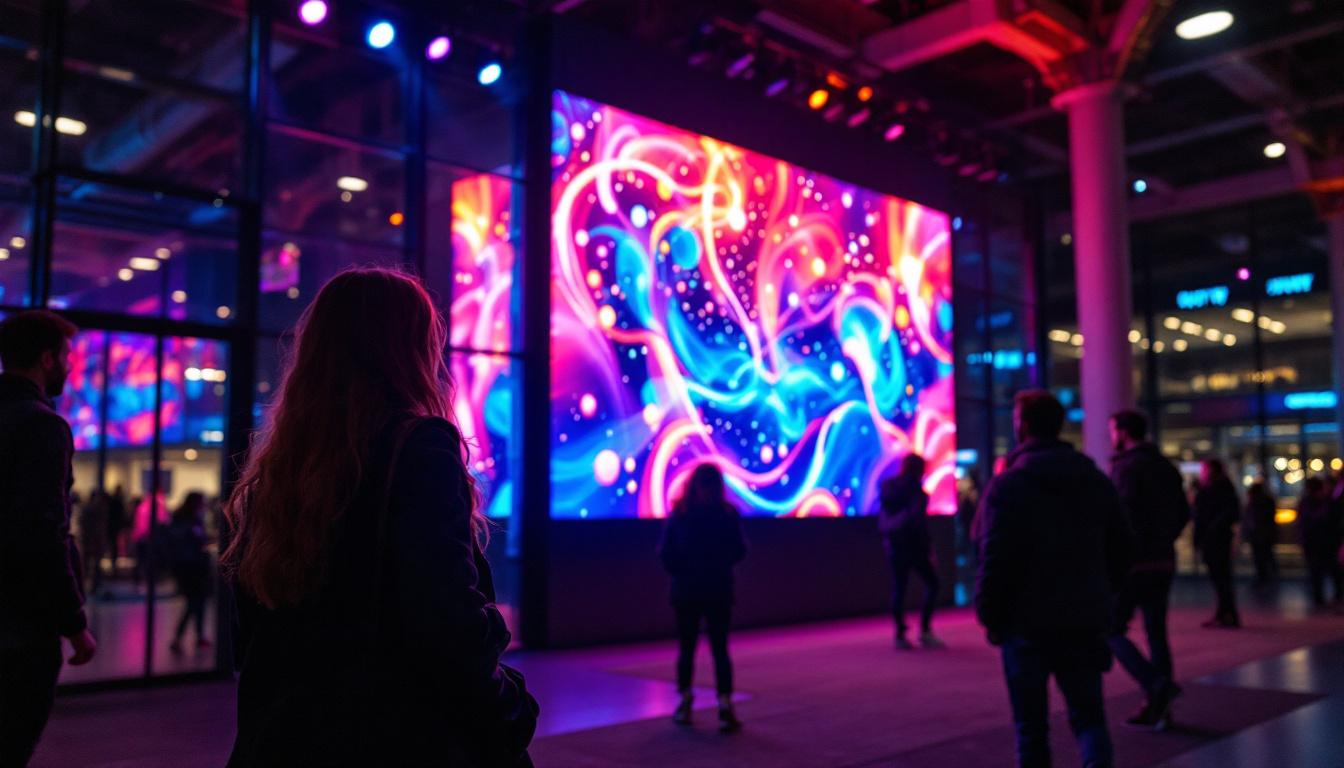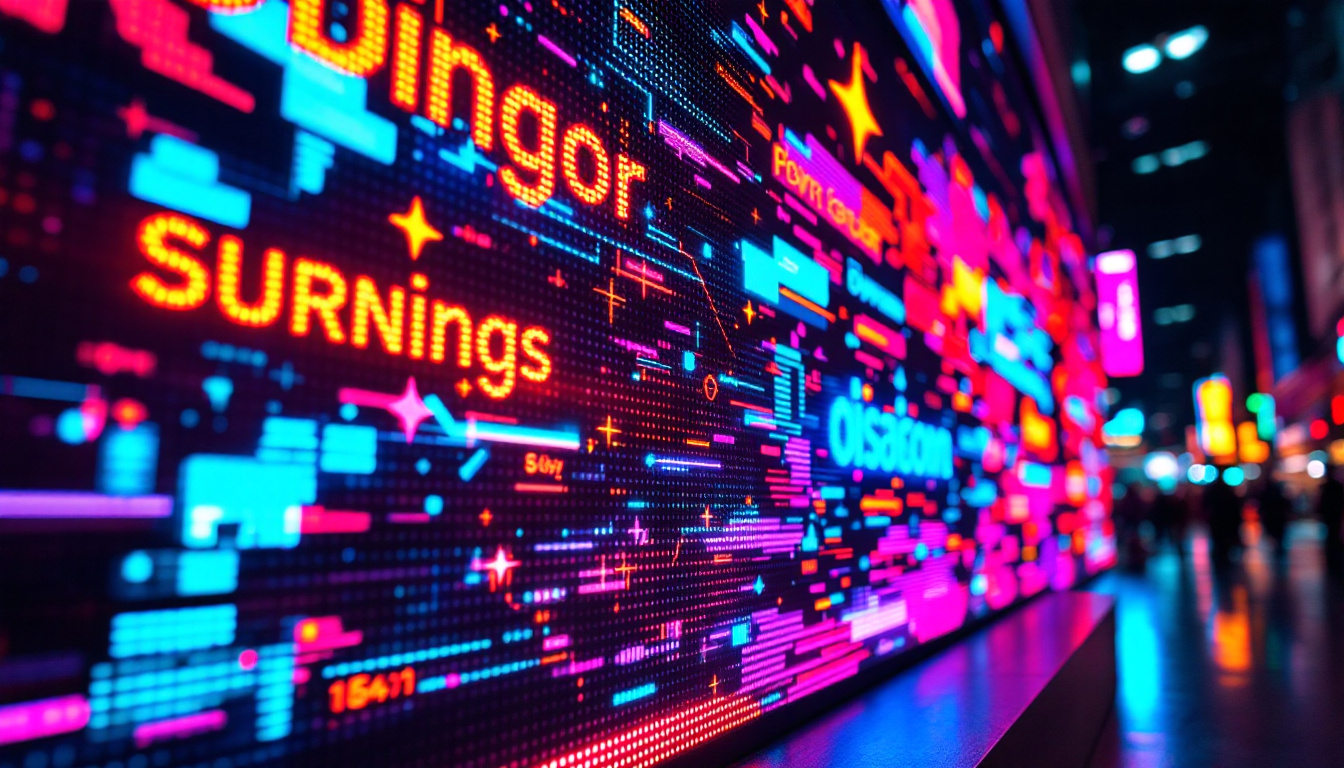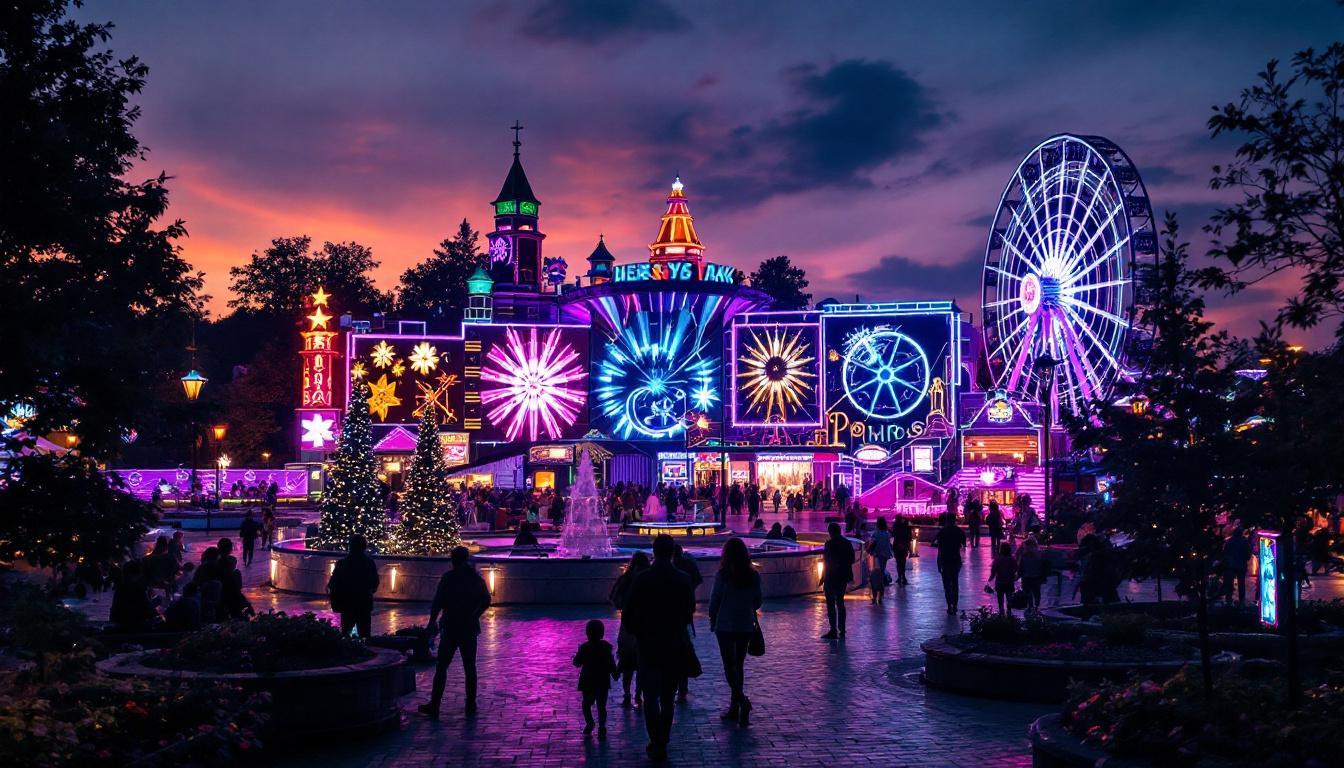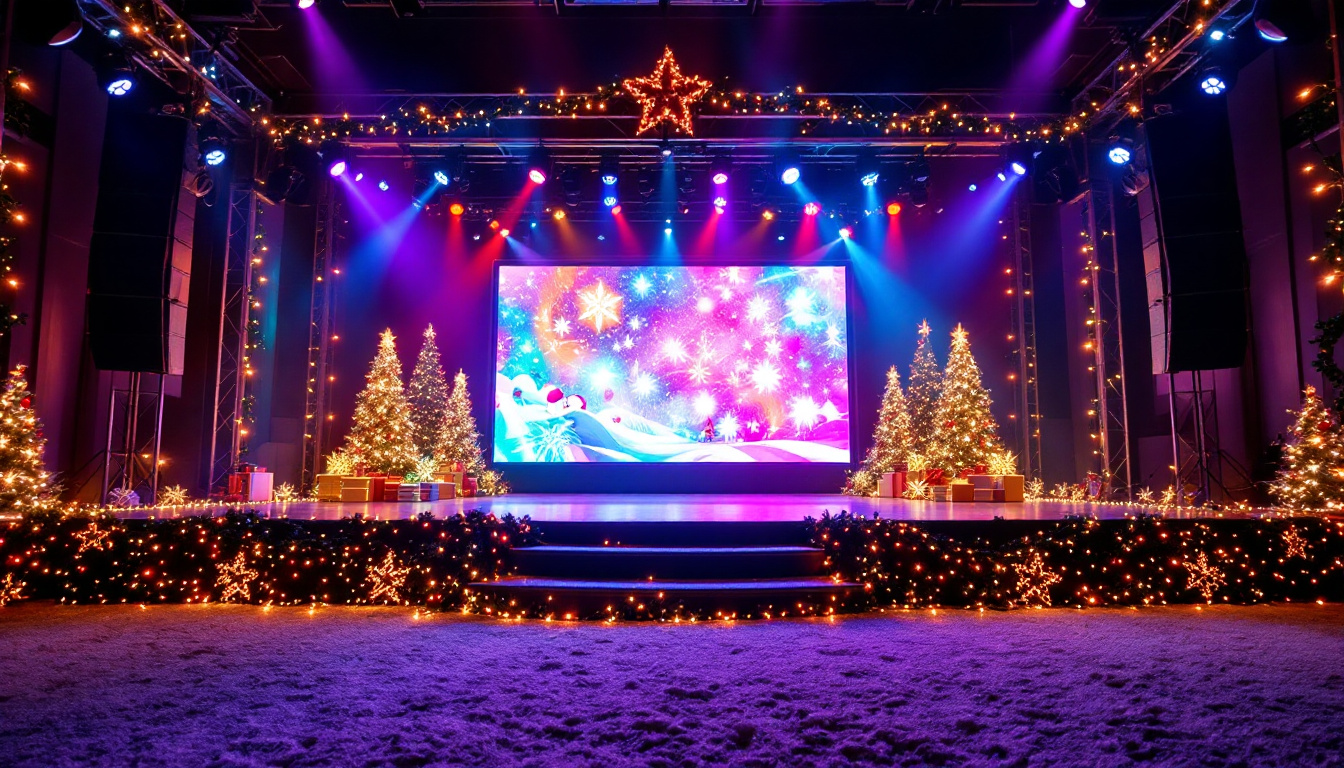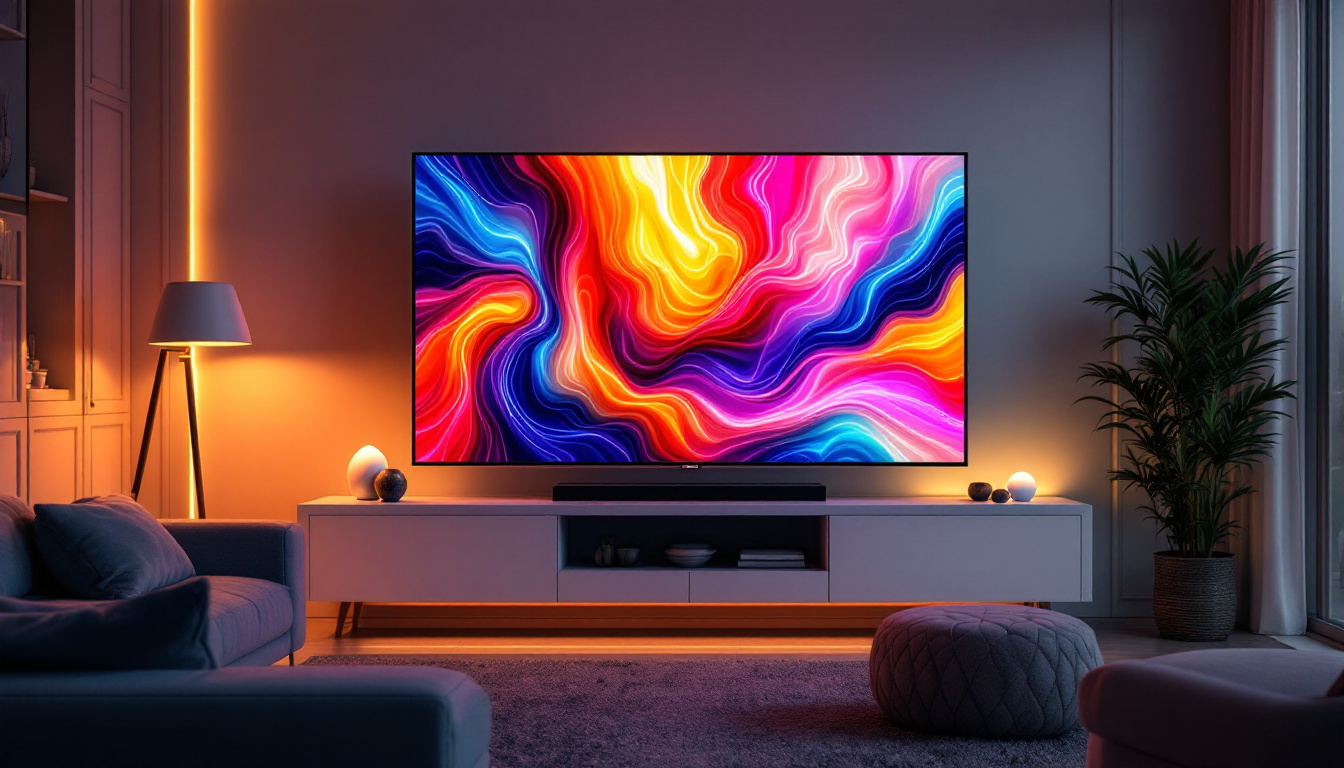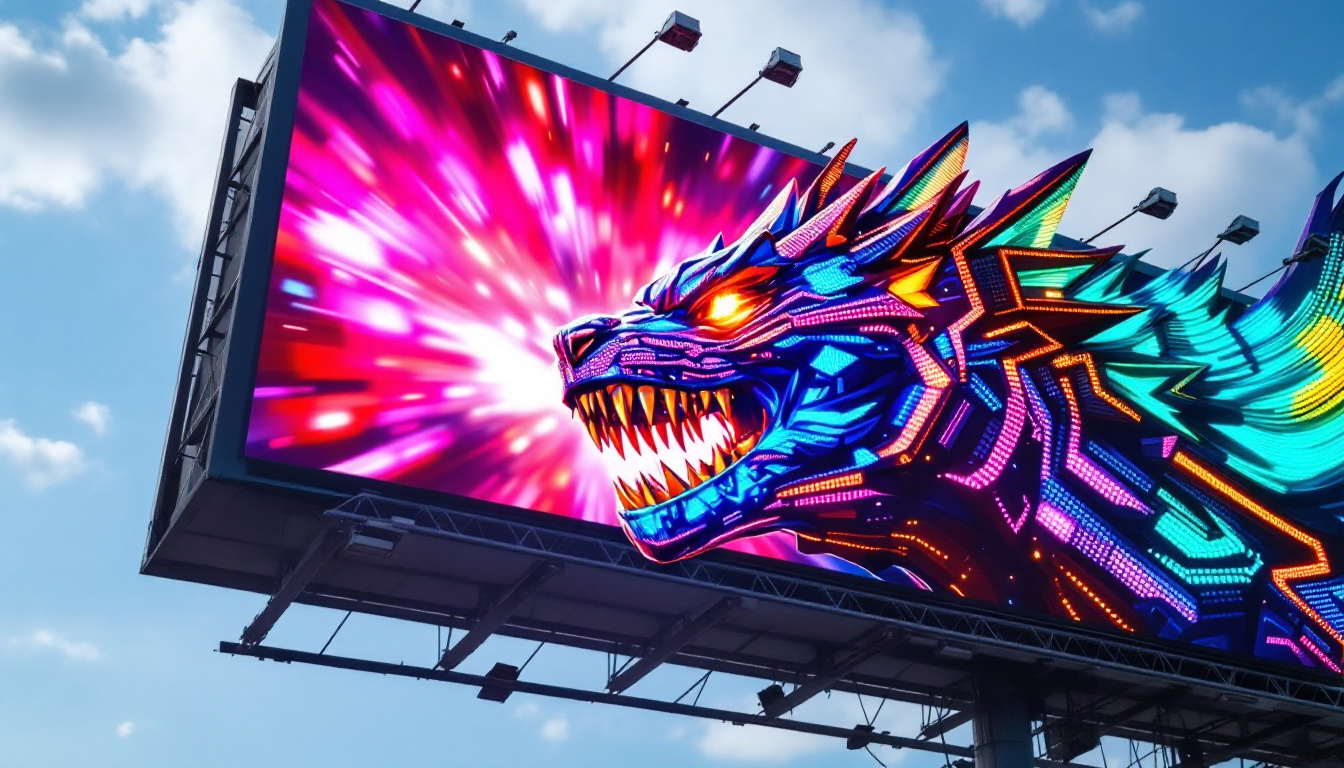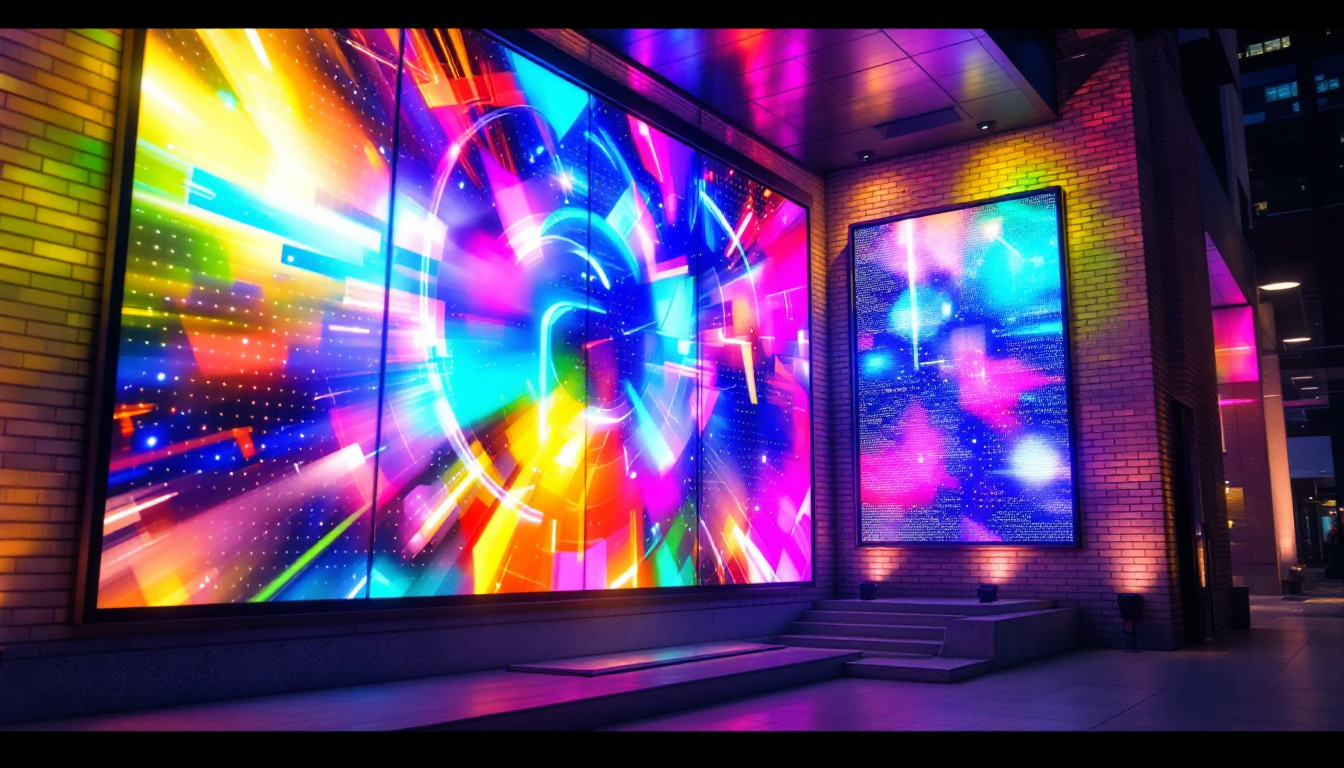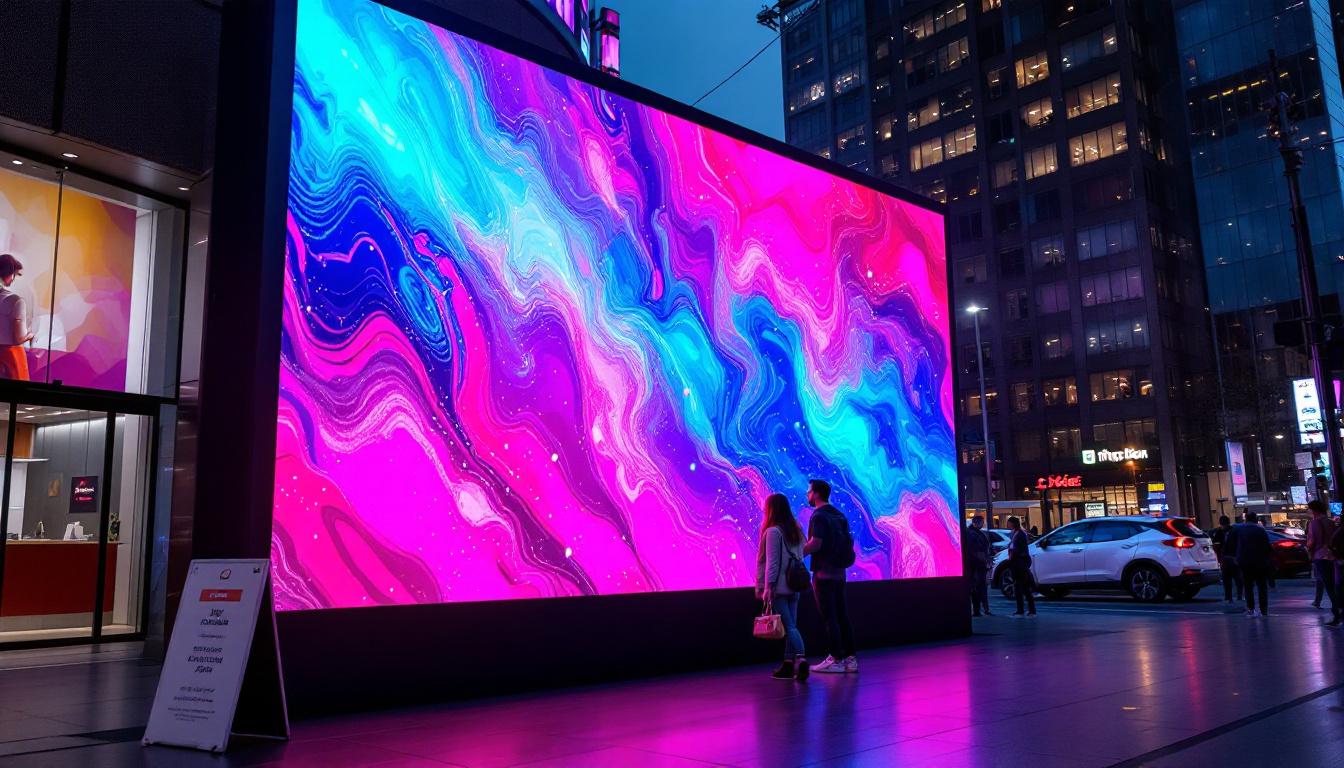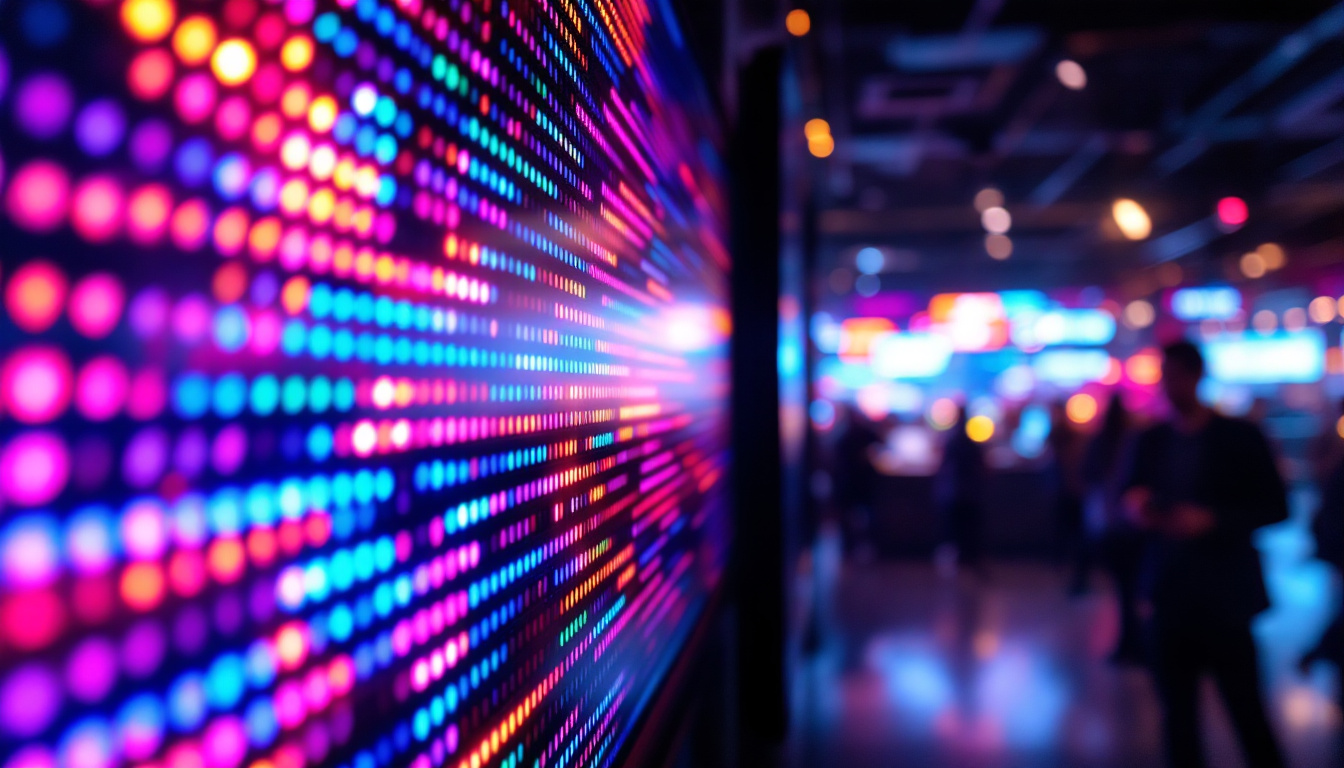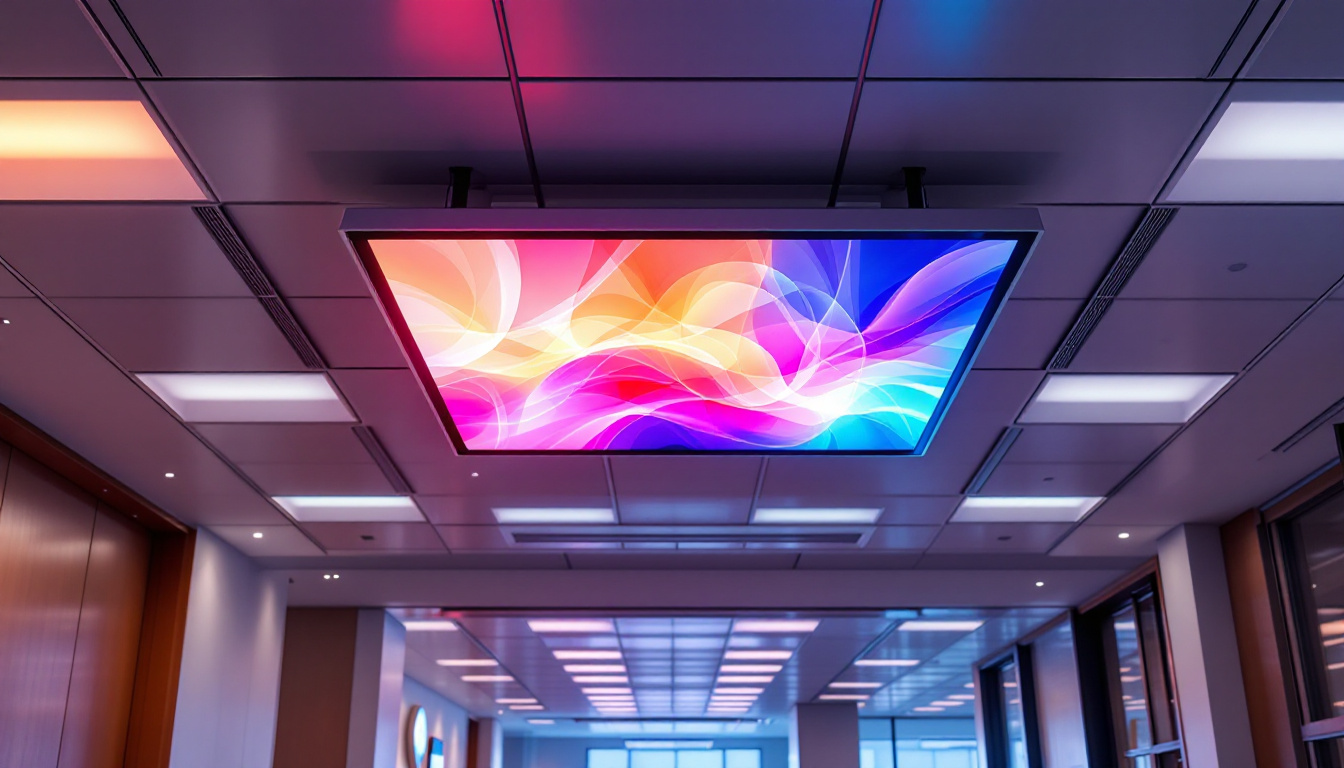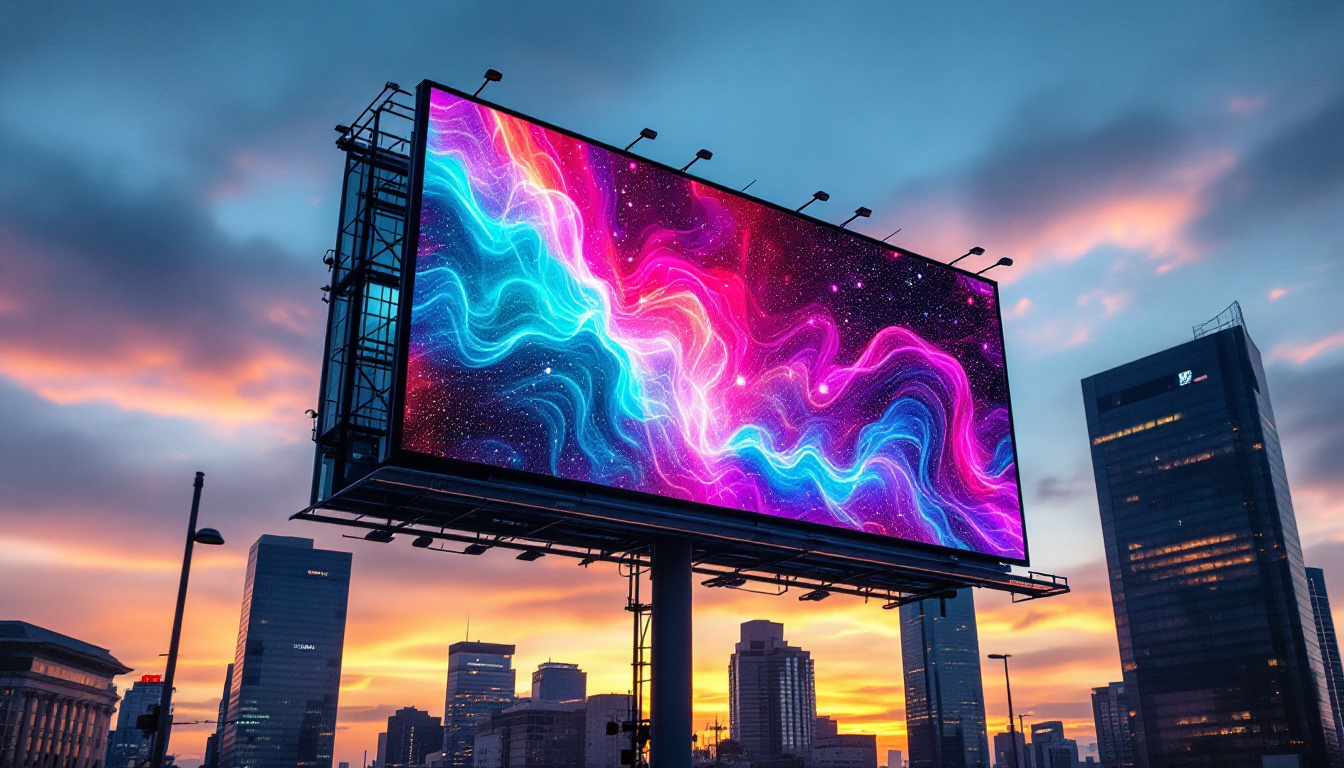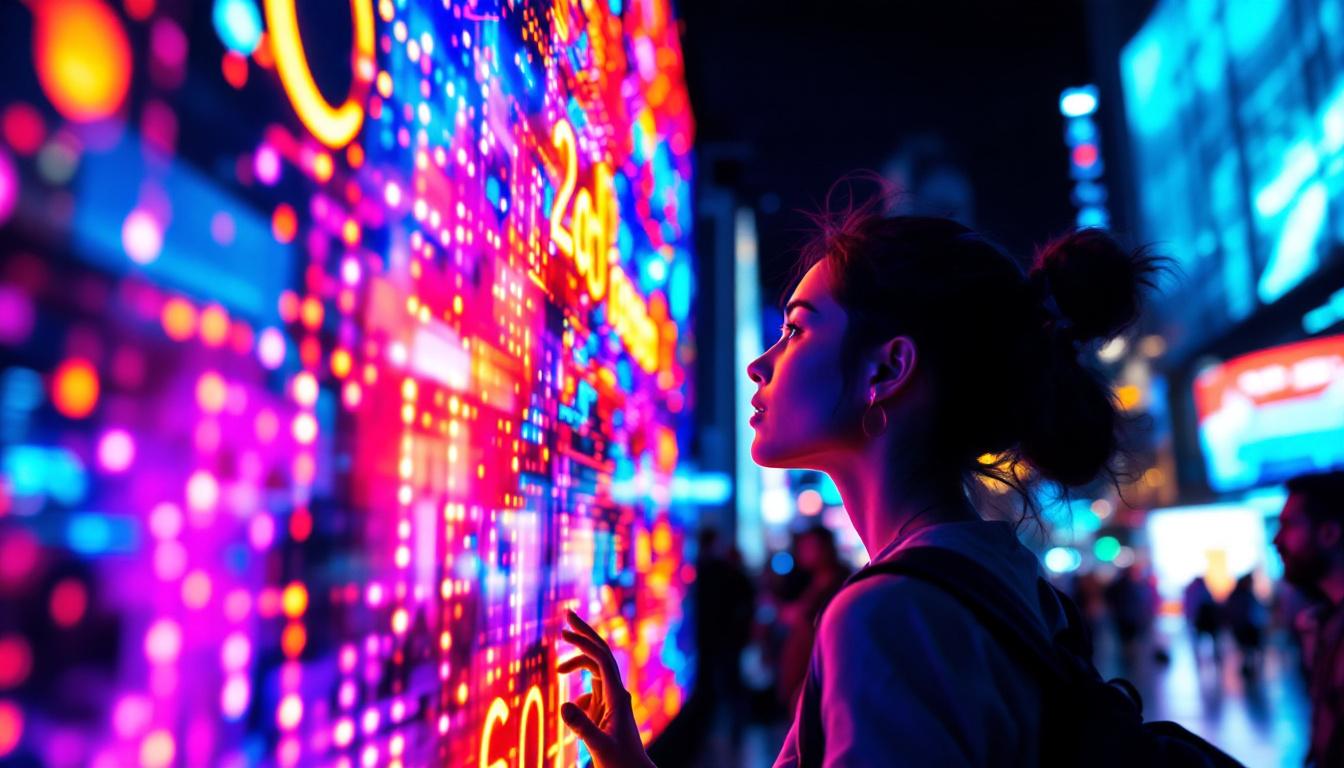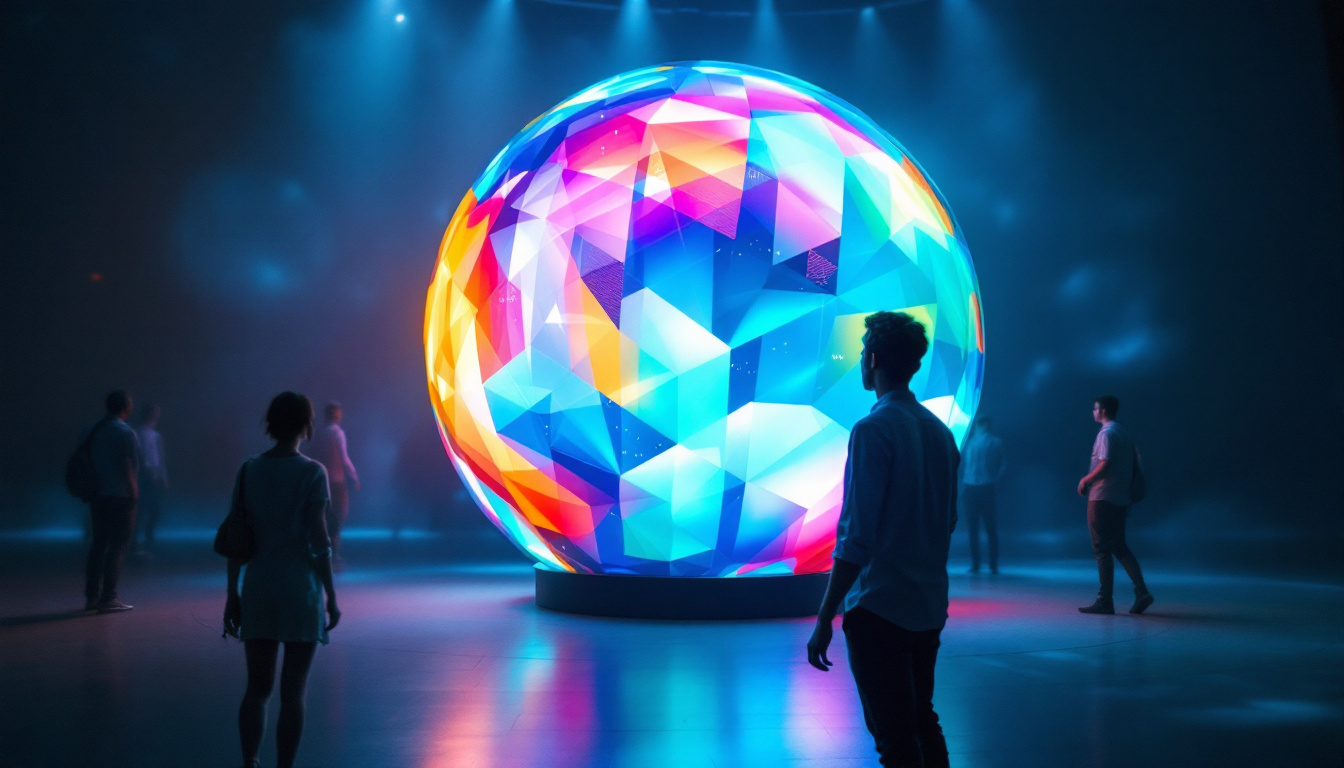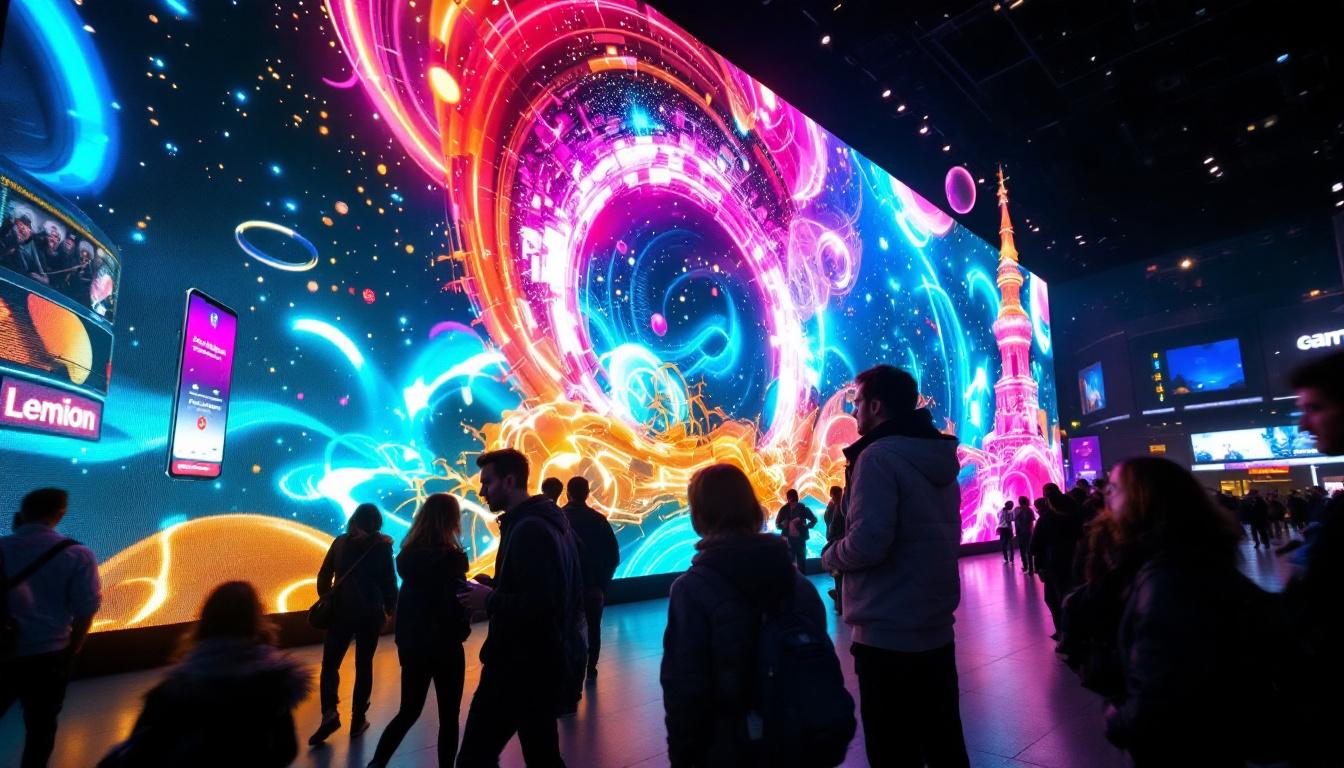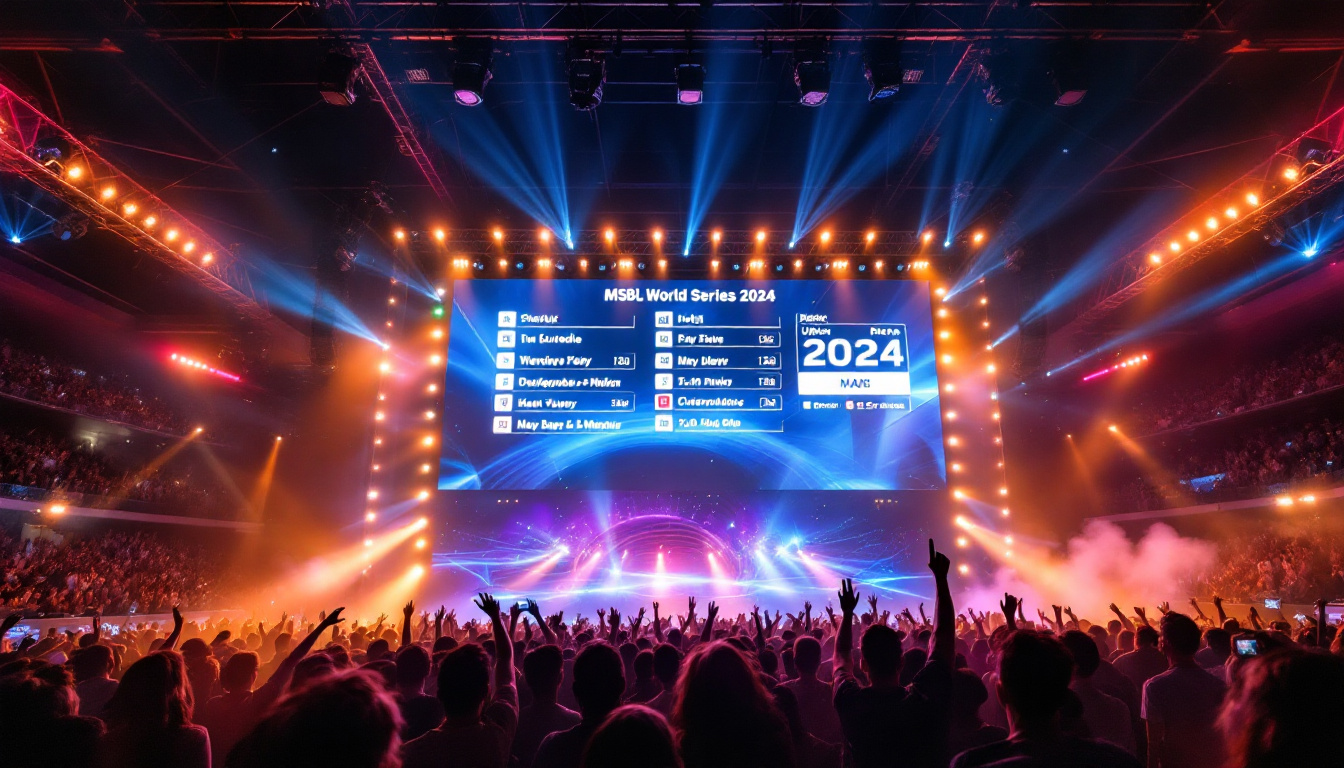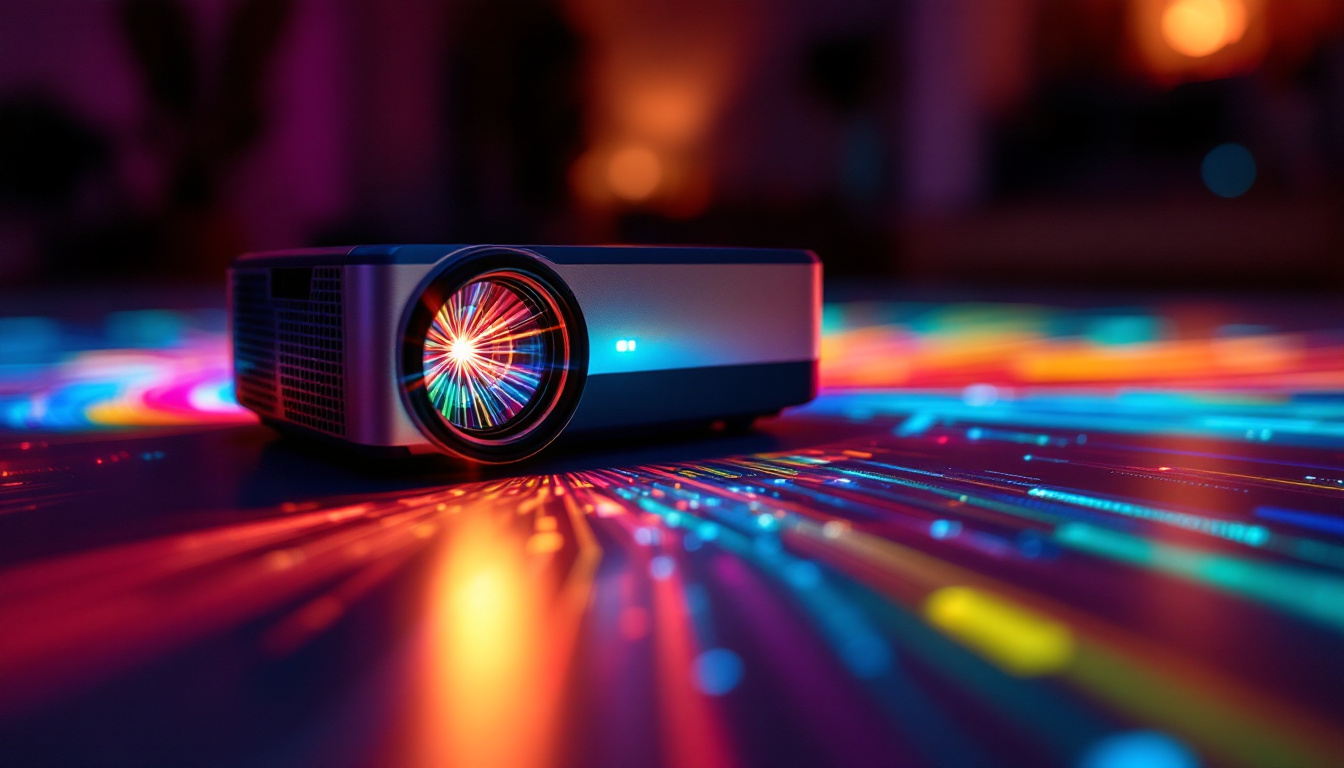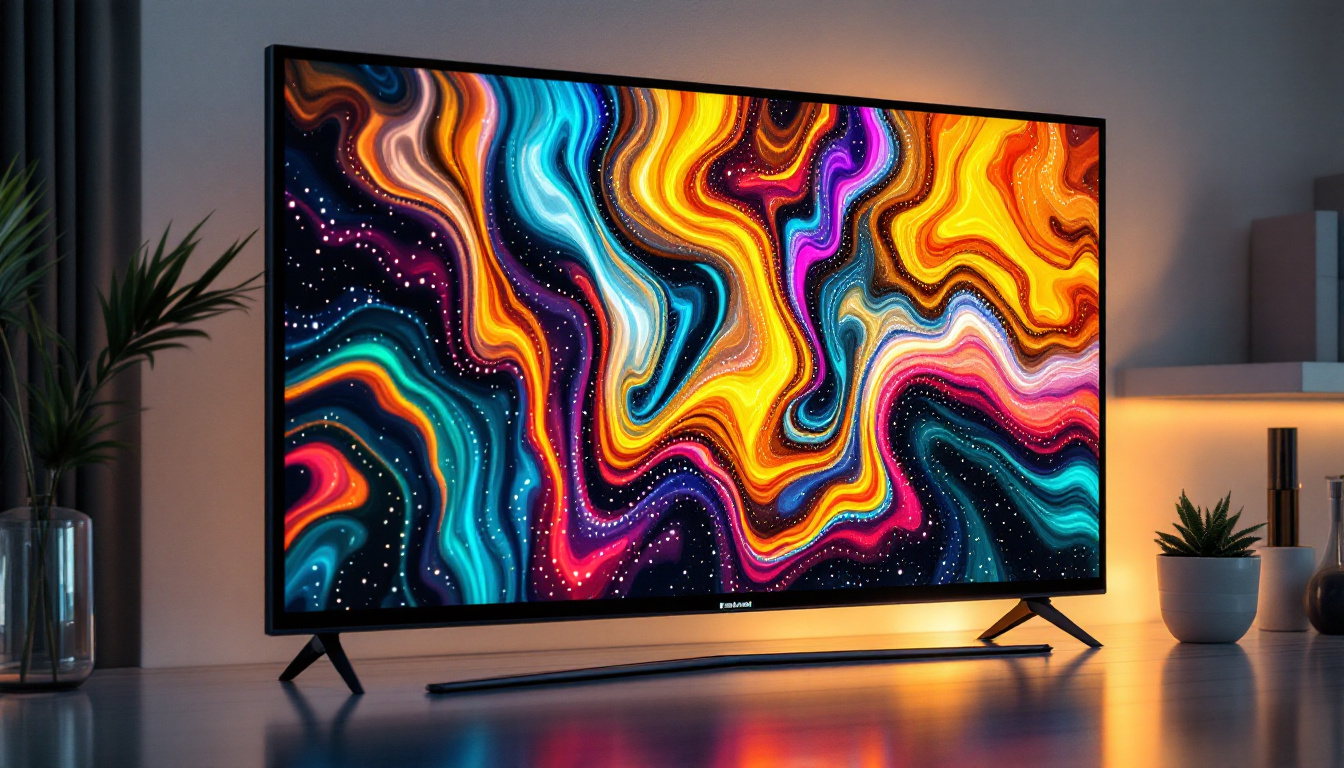In today’s digital age, LED displays have become an integral part of our lives, from the smartphones we carry to the large billboards that light up city streets. Understanding LED technology is crucial for making informed purchasing decisions, especially when buying LED displays online. This article will delve into the intricacies of LED displays, their types, applications, and factors to consider when buying them online.
What is an LED Display?
LED stands for Light Emitting Diode, a semiconductor device that emits light when an electric current passes through it. LED displays utilize this technology to produce images and videos, making them a popular choice for various applications. They are known for their brightness, energy efficiency, and longevity compared to traditional display technologies.
How LED Displays Work
LED displays consist of numerous tiny light-emitting diodes arranged in a matrix. Each diode can emit light in different colors, and by combining these colors, the display can create a full spectrum of hues. The most common arrangement is the RGB (Red, Green, Blue) model, where varying intensities of these three colors can produce a wide range of colors and images.
When an electric current is applied to the diodes, they illuminate, and by controlling the intensity of each diode, the display can show dynamic content such as videos, animations, and static images. This technology allows for high-resolution displays that can be viewed from various distances. Moreover, advancements in LED technology have led to the development of features such as pixel pitch, which refers to the distance between the centers of two adjacent pixels. A smaller pixel pitch results in a higher resolution, making it ideal for applications requiring detailed visuals, such as digital signage in retail or high-end event displays.
Types of LED Displays
LED displays come in several types, each suited for different applications. The most common types include:
- Indoor LED Displays: These are designed for indoor environments, such as shopping malls, conference rooms, and theaters. They typically have a higher pixel density for sharper images viewed up close.
- Outdoor LED Displays: Built to withstand the elements, outdoor displays are brighter and more robust. They are commonly used for billboards, sports arenas, and outdoor advertising.
- Transparent LED Displays: These innovative displays allow light to pass through, making them ideal for retail environments where visibility is essential. They provide a unique viewing experience without obstructing the view of the products behind them.
In addition to these common types, there are also specialized LED displays, such as flexible LED screens that can be bent or shaped to fit unconventional spaces, and high-definition LED walls that create immersive environments for concerts and exhibitions. The versatility of LED technology continues to evolve, with innovations like 3D LED displays and interactive screens that respond to touch or movement, further expanding the possibilities for creative expression and advertising. As the demand for visually engaging content grows, LED displays are becoming an integral part of our everyday experiences, transforming how we interact with information and entertainment.
Applications of LED Displays
LED displays are versatile and can be found in various sectors. Their applications range from advertising to entertainment, education, and more.
Advertising and Marketing
One of the primary uses of LED displays is in advertising. Businesses leverage these displays to showcase their products, services, and promotions in a visually appealing manner. The dynamic nature of LED displays allows for changing content, making them more engaging than static billboards.
Moreover, outdoor LED billboards can reach a broad audience, making them an effective tool for brand visibility. Companies can also use indoor LED displays in retail environments to highlight special offers and enhance the shopping experience.
In addition to traditional advertising, LED displays have transformed digital marketing strategies. With the integration of social media feeds and real-time data, businesses can create interactive campaigns that resonate with their target audience. For instance, a restaurant might display customer reviews or live tweets on their LED screens, fostering a sense of community and encouraging customer engagement. This innovative approach not only attracts foot traffic but also enhances brand loyalty by creating a more personalized experience.
Entertainment and Events
LED displays play a crucial role in the entertainment industry. Concerts, festivals, and sporting events often utilize large LED screens to broadcast live performances, scores, and highlights. These displays enhance the audience’s experience, providing clear visuals even from a distance.
Furthermore, LED technology is increasingly used in theaters and cinemas, where it can create immersive environments that captivate audiences. The ability to produce vibrant colors and sharp images makes LED displays a popular choice for filmmakers and event organizers alike.
Moreover, the integration of LED displays in theme parks and attractions has revolutionized how audiences interact with entertainment. From dazzling light shows synchronized with music to interactive displays that allow visitors to engage with characters and stories, LED technology enhances the overall experience. This trend has led to the development of augmented reality experiences, where LED screens serve as portals to fantastical worlds, making visits to these venues unforgettable.
Education and Training
In educational settings, LED displays serve as powerful teaching tools. They can be used in classrooms for presentations, interactive learning, and displaying educational content. The bright and clear visuals help capture students’ attention and facilitate better learning outcomes.
Additionally, training facilities and corporate environments use LED displays for workshops and seminars, allowing for effective communication of ideas and information. The flexibility of LED technology enables educators to present material in engaging ways.
Furthermore, the rise of remote learning has seen an increased reliance on LED displays for virtual classrooms. Educators can utilize these screens to share multimedia content, conduct live demonstrations, and even host interactive quizzes that keep students engaged, regardless of their physical location. This adaptability not only enhances the learning experience but also prepares students for a future where digital literacy is paramount. As technology continues to evolve, the potential applications of LED displays in education are limitless, paving the way for innovative teaching methodologies and collaborative learning environments.
Factors to Consider When Buying LED Displays Online
When purchasing LED displays online, several factors must be considered to ensure that the chosen product meets specific needs and requirements.
Resolution and Pixel Density
The resolution of an LED display is a critical factor that determines the clarity of the images and videos it produces. Higher resolution displays have more pixels per inch (PPI), resulting in sharper images. For indoor displays viewed from close distances, a higher pixel density is essential.
Conversely, outdoor displays can have lower pixel densities since they are typically viewed from greater distances. Understanding the intended use and viewing distance will help determine the appropriate resolution for the display.
Brightness and Contrast Ratio
Brightness is measured in nits, and it indicates how well a display can be seen in various lighting conditions. For outdoor displays, higher brightness levels are crucial to ensure visibility in direct sunlight. Indoor displays, while still requiring sufficient brightness, can operate effectively at lower levels.
The contrast ratio, which compares the brightness of the brightest white to the darkest black, is equally important. A higher contrast ratio ensures that images appear more vibrant and detailed, enhancing the overall viewing experience.
Durability and Weather Resistance
For outdoor LED displays, durability and weather resistance are paramount. These displays should be designed to withstand harsh weather conditions, including rain, snow, and extreme temperatures. Look for displays with an IP rating, which indicates their level of protection against dust and moisture.
Indoor displays, while not exposed to the elements, should still be robust enough to handle frequent use. Consider the materials used in the construction of the display and any additional protective features that may enhance its longevity.
Where to Buy LED Displays Online
With the growing demand for LED displays, numerous online platforms offer a wide range of options. However, selecting a reputable vendor is essential to ensure quality and reliability.
Specialized Electronics Retailers
Many specialized electronics retailers focus on LED technology and offer a curated selection of displays. These retailers often provide detailed product descriptions, specifications, and customer reviews, making it easier to compare different models. Additionally, they may offer expert advice and support, helping buyers make informed decisions.
Manufacturer Websites
Purchasing directly from manufacturers can be advantageous, as it often guarantees authenticity and quality. Many manufacturers have online stores where customers can browse their latest products, access technical specifications, and sometimes even customize displays according to specific requirements.
Moreover, buying directly from the manufacturer can provide access to warranties and after-sales support, which can be crucial for business investments.
Online Marketplaces
Popular online marketplaces like Amazon and eBay also offer a vast selection of LED displays. These platforms allow users to compare prices from various sellers, read customer reviews, and often find competitive deals. However, caution is advised when purchasing from third-party sellers, as the quality and reliability of products can vary.
When using online marketplaces, it is essential to check seller ratings and reviews to ensure a positive buying experience.
Conclusion
LED displays have revolutionized the way information is presented and consumed, offering vibrant visuals and dynamic content across various applications. Understanding the technology, types, and factors to consider when buying LED displays online is crucial for making informed decisions.
Whether for advertising, entertainment, or educational purposes, investing in the right LED display can significantly enhance communication and engagement. By considering factors such as resolution, brightness, durability, and the reputation of the vendor, buyers can find the perfect LED display to meet their needs.
As technology continues to evolve, LED displays will likely become even more advanced, offering new features and capabilities that will further enhance their applications in everyday life. Embracing this technology can lead to exciting opportunities for businesses and individuals alike.
Discover the Future of Visual Communication with LumenMatrix
Ready to elevate your visual presence and captivate your audience like never before? Explore LumenMatrix’s comprehensive range of LED display solutions tailored to fit any application. From the immersive Indoor LED Wall Display to the dynamic Outdoor LED Wall Display, and from the versatile Vehicle LED Display to the innovative LED Transparent Display, LumenMatrix is at the forefront of transforming environments and experiences. Embrace the power of cutting-edge LED technology and let your message shine with unparalleled clarity and impact. Check out LumenMatrix LED Display Solutions today and join the visual revolution.

